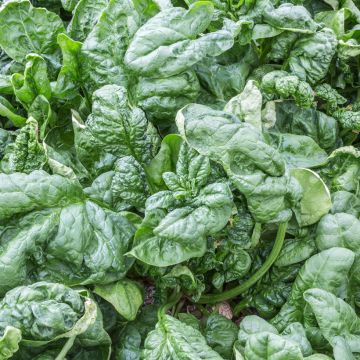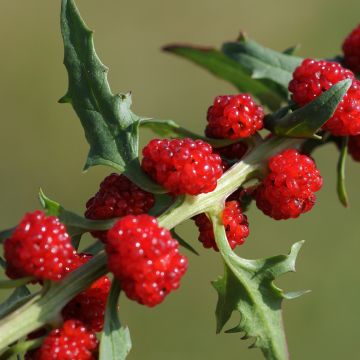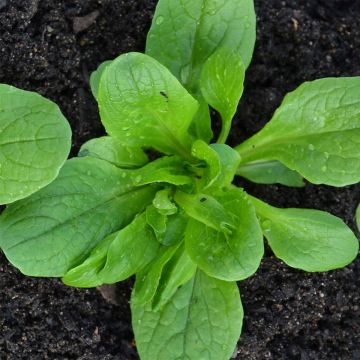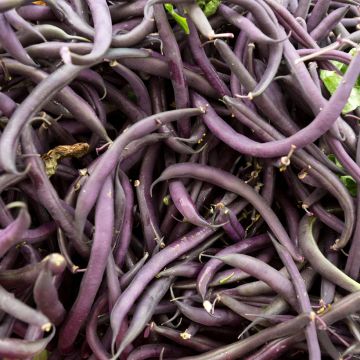

Chenopodium capitatum Fraise
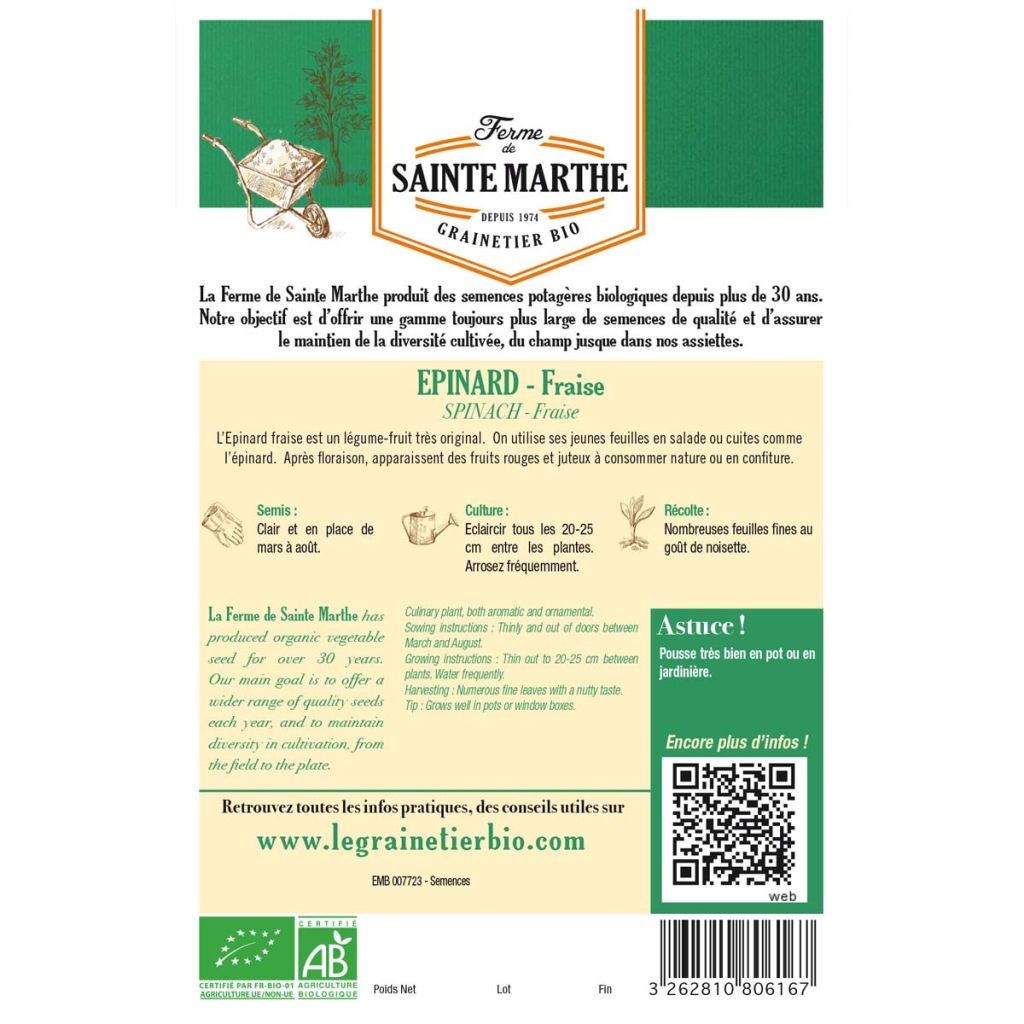

Chenopodium capitatum Fraise


Chenopodium capitatum Fraise
Chenopodium capitatum Fraise
Chenopodium capitatum Fraise
Eye-hurt, Strawberry Blite, Strawberry Spinach, Indian Strawberry
This item cannot be shipped to the selected country
Dispatch by letter from €3.90
Delivery to Corse prohibited
More information
Schedule delivery date,
and select date in basket
This plant carries a 6 months recovery warranty
More information
We guarantee the quality of our plants for a full growing cycle, and will replace at our expense any plant that fails to recover under normal climatic and planting conditions.
Seed-only orders are dispatched by sealed envelope. The delivery charge for seed-only orders is €3.90.
Delivery to Corse prohibited: UE law prohibits the import of this plant from mainland France to Corse as part of the fight against Xylella fastidiosa. Please accept our sincere apologies.
More information

Description
Strawberry Spinach is a variety of Chenopodium with dentate leaves and a fruiting structure resembling that of a raspberry rather than a strawberry. It occurs from June to October and presents bright red glomerules assembled in groups of 3 to 5 in the axils of the leaves. Both the leaves and the juicy fruits are edible. The leaves have a nutty flavour and can be prepared like spinach. The fruits remind us more of a slightly acidic beetroot taste than that of a strawberry. However, caution should be exercised not to consume too large quantities of both leaves and fruits, as they contain saponin and oxalic acid in large amounts.
Strawberry Spinach forms a bush 30 to 60 cm (12 to 24in) tall, resembling a small holly with its red berries from late spring to mid-autumn, proving once again that the vegetable garden can be both aesthetic and nourishing. You can sow this unique variety from March to May to enjoy its leaves and fruits from spring to autumn. Afterwards, the Strawberry Spinach will self-seed very spontaneously if you forget a few berries on the branches. It is undemanding and can also be grown in pots on the balcony.
This is a unique and tasty vegetable that can be enjoyed in many ways: the leaves can be eaten raw in spring salads, in mixed salads, in Japanese fritters, quickly cooked in a wok, or even in a savory tart with small pieces of goat cheese or salmon. The fruits enhance sweet salads. Strawberry Spinach is native to Asia. It is easy to grow and can adapt to all types of soil as long as you let it grow in the sun. Both the leaves and the fruits are edible, so you can have this vegetable almost all year round. Spinach prefers consistent, moist, and rich soils, especially high in nitrogen and potassium. They thrive in the sun during winter and in partial shade or even shade during summer and in the hottest regions.
Harvest: The leaves and fruits can be harvested based on their growth and your needs.
Storage: The leaves do not keep well in the refrigerator as they tend to wilt. It is preferable to consume them a few hours after harvesting. However, you can freeze them after blanching them for 3 minutes in salted boiling water. As for the fruits, you can let them dry in a dry and ventilated place. They can be used to brighten up a fruit salad or to release their fragrance in potpourri.
Gardener's tip: Strawberry spinach thrives among rows of chicory and lettuce, which reciprocate the favor.
Report an error about the product description
Harvest
Plant habit
Foliage
Botanical data
Chenopodium
capitatum
Fraise
Chenopodiaceae
Eye-hurt, Strawberry Blite, Strawberry Spinach, Indian Strawberry
Cultivar or hybrid
Annual
Other Spinach seeds
Planting and care
The germination of Strawberry Spinach occurs at a temperature of around 16 °C (60.8°F). The emergence generally takes about fifteen days. The sowing can be done in open ground in the sun, in partial shade or in shade, depending on your climate.
Follow the recommendations regarding the sowing period or else your plants may prematurely bolt.
On fairly firm soil, just lightly rake, trace furrows spaced 25 to 30 cm (10 to 12in) apart, with a depth of 1 to 2cm. Sow in rows, spacing the seeds 2 cm (1in) apart. After germination, thin out, keeping only one plant every 10/15 cm (4/6in).
Since spinach is best when fresh, do not hesitate to stagger your sowings over time to enjoy a longer harvest.
Cultivation: Spinach is a fairly demanding vegetable, particularly in nitrogen and potassium. It requires well-manured soil. It is advisable, preferably in autumn, to add mature compost (about 3 kg per m2), by raking it to a depth of 5 cm (2in), after having, as with all vegetable crops, loosened the soil. An application of nitrogenous fertilizer such as bonemeal is often welcome. It prefers neutral to slightly acidic soils (pH between 5.5 and 7).
Some Strawberry Spinach varieties are quite susceptible to downy mildew, a cryptogamic disease that occurs in mild and humid weather. Make sure not to sow too densely so that the crop remains well-aerated. Crop rotation remains the best prevention against this disease.
In terms of companion planting, Strawberry Spinach is a good neighbour that does not harm any other vegetable. Its association is even known to be beneficial with Cauliflower, Cabbage, Potato, and Radish as it enhances their yields. Gertrude Franck, an exceptional gardener, used to interplant a row of Strawberry Spinach between each row of vegetables, which served both for cooking and as green manure.
Seedlings
Care
Intended location
-
, onOrder confirmed
Reply from on Promesse de fleurs
Vegetable seeds
Haven't found what you were looking for?
Hardiness is the lowest winter temperature a plant can endure without suffering serious damage or even dying. However, hardiness is affected by location (a sheltered area, such as a patio), protection (winter cover) and soil type (hardiness is improved by well-drained soil).

Photo Sharing Terms & Conditions
In order to encourage gardeners to interact and share their experiences, Promesse de fleurs offers various media enabling content to be uploaded onto its Site - in particular via the ‘Photo sharing’ module.
The User agrees to refrain from:
- Posting any content that is illegal, prejudicial, insulting, racist, inciteful to hatred, revisionist, contrary to public decency, that infringes on privacy or on the privacy rights of third parties, in particular the publicity rights of persons and goods, intellectual property rights, or the right to privacy.
- Submitting content on behalf of a third party;
- Impersonate the identity of a third party and/or publish any personal information about a third party;
In general, the User undertakes to refrain from any unethical behaviour.
All Content (in particular text, comments, files, images, photos, videos, creative works, etc.), which may be subject to property or intellectual property rights, image or other private rights, shall remain the property of the User, subject to the limited rights granted by the terms of the licence granted by Promesse de fleurs as stated below. Users are at liberty to publish or not to publish such Content on the Site, notably via the ‘Photo Sharing’ facility, and accept that this Content shall be made public and freely accessible, notably on the Internet.
Users further acknowledge, undertake to have ,and guarantee that they hold all necessary rights and permissions to publish such material on the Site, in particular with regard to the legislation in force pertaining to any privacy, property, intellectual property, image, or contractual rights, or rights of any other nature. By publishing such Content on the Site, Users acknowledge accepting full liability as publishers of the Content within the meaning of the law, and grant Promesse de fleurs, free of charge, an inclusive, worldwide licence for the said Content for the entire duration of its publication, including all reproduction, representation, up/downloading, displaying, performing, transmission, and storage rights.
Users also grant permission for their name to be linked to the Content and accept that this link may not always be made available.
By engaging in posting material, Users consent to their Content becoming automatically accessible on the Internet, in particular on other sites and/or blogs and/or web pages of the Promesse de fleurs site, including in particular social pages and the Promesse de fleurs catalogue.
Users may secure the removal of entrusted content free of charge by issuing a simple request via our contact form.
The flowering period indicated on our website applies to countries and regions located in USDA zone 8 (France, the United Kingdom, Ireland, the Netherlands, etc.)
It will vary according to where you live:
- In zones 9 to 10 (Italy, Spain, Greece, etc.), flowering will occur about 2 to 4 weeks earlier.
- In zones 6 to 7 (Germany, Poland, Slovenia, and lower mountainous regions), flowering will be delayed by 2 to 3 weeks.
- In zone 5 (Central Europe, Scandinavia), blooming will be delayed by 3 to 5 weeks.
In temperate climates, pruning of spring-flowering shrubs (forsythia, spireas, etc.) should be done just after flowering.
Pruning of summer-flowering shrubs (Indian Lilac, Perovskia, etc.) can be done in winter or spring.
In cold regions as well as with frost-sensitive plants, avoid pruning too early when severe frosts may still occur.
The planting period indicated on our website applies to countries and regions located in USDA zone 8 (France, United Kingdom, Ireland, Netherlands).
It will vary according to where you live:
- In Mediterranean zones (Marseille, Madrid, Milan, etc.), autumn and winter are the best planting periods.
- In continental zones (Strasbourg, Munich, Vienna, etc.), delay planting by 2 to 3 weeks in spring and bring it forward by 2 to 4 weeks in autumn.
- In mountainous regions (the Alps, Pyrenees, Carpathians, etc.), it is best to plant in late spring (May-June) or late summer (August-September).
The harvesting period indicated on our website applies to countries and regions in USDA zone 8 (France, England, Ireland, the Netherlands).
In colder areas (Scandinavia, Poland, Austria...) fruit and vegetable harvests are likely to be delayed by 3-4 weeks.
In warmer areas (Italy, Spain, Greece, etc.), harvesting will probably take place earlier, depending on weather conditions.
The sowing periods indicated on our website apply to countries and regions within USDA Zone 8 (France, UK, Ireland, Netherlands).
In colder areas (Scandinavia, Poland, Austria...), delay any outdoor sowing by 3-4 weeks, or sow under glass.
In warmer climes (Italy, Spain, Greece, etc.), bring outdoor sowing forward by a few weeks.



































